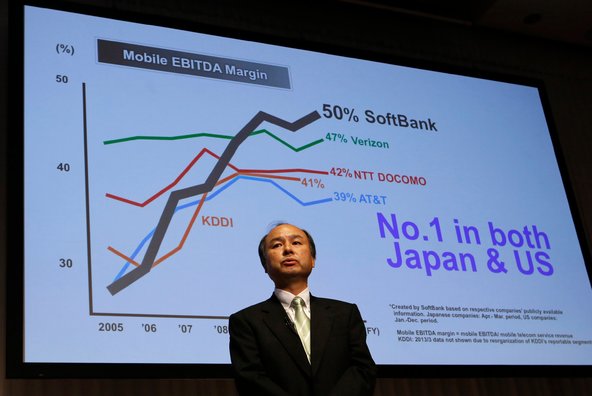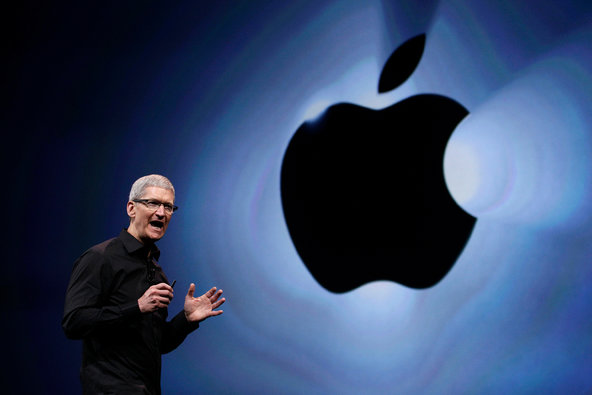It sounds like the sort of airy, ambitious goal that is greeted by standing ovations but is ultimately unlikely to ever materialize. Development experts don’t see it that way, though. The end of extreme poverty might very well be within reach. “It’s not by any means pie-in-the-sky,” says Scott Morris, who formerly managed the Obama administration’s relations with development institutions. When I asked Jeffrey Sachs, the development economist, if the target seemed feasible, he said, “I absolutely believe so.” And Nancy Birdsall, president of the Center for Global Development, the powerful Washington policy group, told me, “In many ways, it’s a very modest goal.”
In part, this is because the bar is set very low. The World Bank aims to raise just about everyone on Earth above the $1.25-a-day income threshold. In Zambia, an average person living in such dire poverty might be able to afford, on a given day, two or three plates of cornmeal porridge, a tomato, a mango, a spoonful each of oil and sugar, a bit of chicken or fish, maybe a handful of nuts. But he would have just pocket change to spend on transportation, housing, education and everything else. The 1.2 billion people living in such extreme poverty, according to researchers at the Massachusetts Institute of Technology, might own land, but they are not very likely to own durable goods or productive assets — things like bicycles — that might help them raise themselves out of poverty. In such families, about half or three-quarters of income goes toward food.
Fortunately, this deadly and cyclical form of poverty is already on its way toward obsolescence, and much faster than many development economists expected. The first Millennium Development Goal — to halve the proportion of the world population living in dire poverty by 2015 — was met five years early, as the rate fell to an estimated 21 percent in 2010, from 43 percent in 1990. Some economists had feared that the recession would arrest or even reverse the trend, given how interconnected the global economy is, but the improvement continued, unabated. Annual growth dipped for developing economies in 2009 but has since rebounded to about 5.3 percent a year, a figure dragged down by weaker peripheral European economies.
For much of the improvement, the world can thank one country: China, which alone accounts for about half of the decline in the extreme poverty rate worldwide. It has also driven significant gains across the region. In the early 1980s, East Asia had the highest extreme-poverty rate in the world, with more than three in four people living on less than $1.25 a day. By 2010, just one in eight were. But other middle-income countries, like Brazil, Nigeria and India, have experienced significant growth, too — in no small part because tens of millions of the very poor have moved from rural areas to cities, where they become richer, healthier and more productive for their economies.
Since 1980, the proportion of the developing world living in urban areas has grown to about 50 percent, from 30 percent, and according to the World Bank, that migration of hundreds of millions has been instrumental in pulling down poverty rates — and will be for a broader set of countries going forward. Cities bolster access to health services and public resources; infant-mortality rates, for instance, are 40 percent lower in urban Cambodia than in rural Cambodia. And workers themselves become more productive, often by making the switch from labor-intensive work like farming to capital-intensive work like manufacturing. Urban poverty is hardly attractive — slums are cramped, unplanned, unhygienic places — but it is, in many cases, less deadly. (Except when it’s not. A recent factory collapse in Bangladesh killed dozens of workers — a reminder of the sometimes-catastrophic human costs associated with rapid, unchecked urbanization and industrialization.)
Annie Lowrey is an economics reporter for The Times.
Article source: http://www.nytimes.com/2013/05/05/magazine/is-it-crazy-to-think-we-can-eradicate-poverty.html?partner=rss&emc=rss

